Take up knitting like Tom Daley with these essential tools and classes
Here’s everything you need to know about the hobby the Olympic champ has been spotted doing poolside
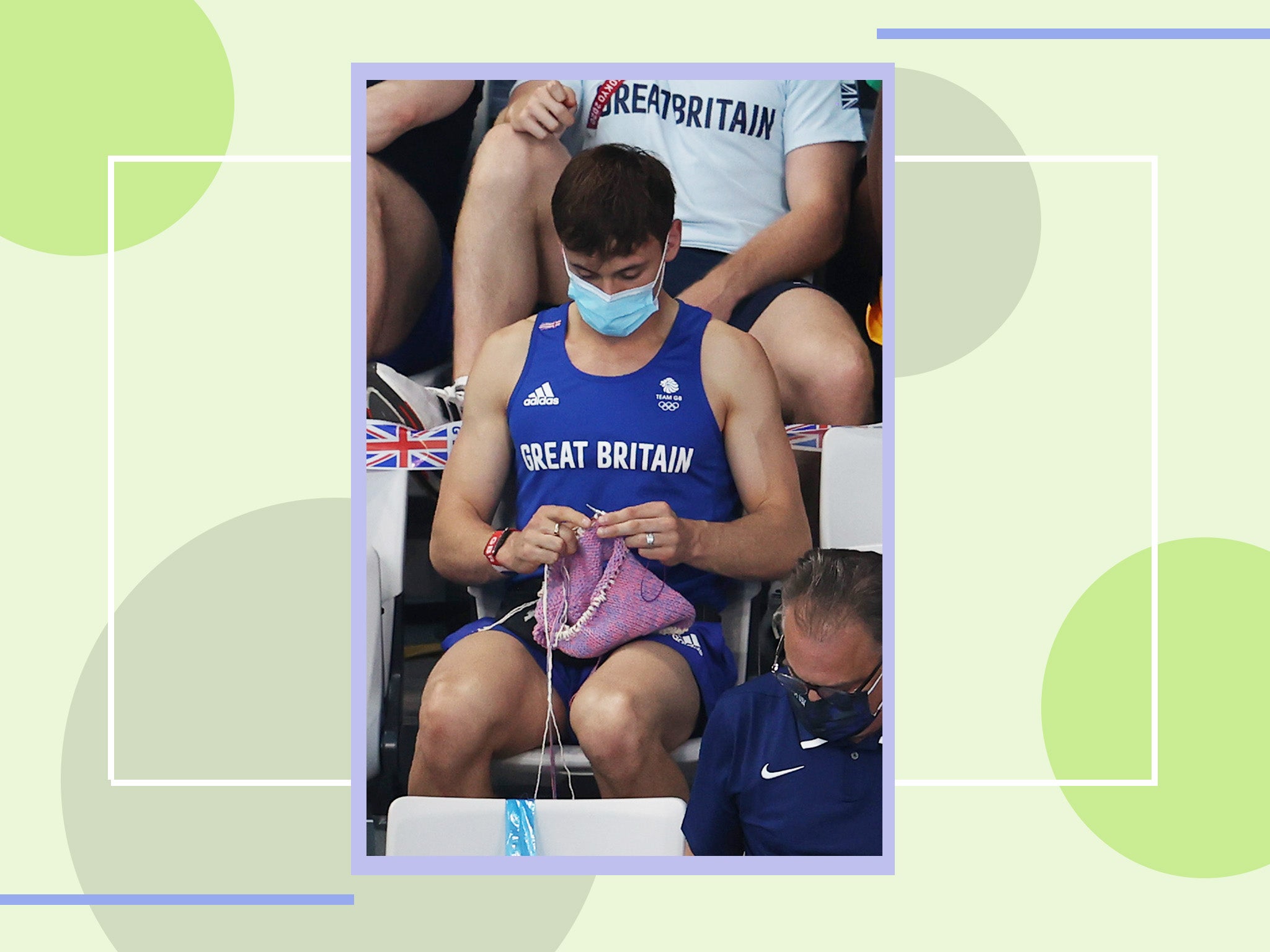
Your support helps us to tell the story
From reproductive rights to climate change to Big Tech, The Independent is on the ground when the story is developing. Whether it's investigating the financials of Elon Musk's pro-Trump PAC or producing our latest documentary, 'The A Word', which shines a light on the American women fighting for reproductive rights, we know how important it is to parse out the facts from the messaging.
At such a critical moment in US history, we need reporters on the ground. Your donation allows us to keep sending journalists to speak to both sides of the story.
The Independent is trusted by Americans across the entire political spectrum. And unlike many other quality news outlets, we choose not to lock Americans out of our reporting and analysis with paywalls. We believe quality journalism should be available to everyone, paid for by those who can afford it.
Your support makes all the difference.Until recently, knitting was a hobby we often associated with our grandparents. But thanks to Instagram, Pinterest and a global pandemic, the art and craft has become much more appealing.
A quick search for knitting on Etsy brings up over 700,000 results, with chunky knit blankets being the most popular item in an array of handmade products. There’s a whole host of free patterns and designs to follow online as well as clubs to join for avid fans and knitting novices alike.
More recently though, British Olympic diver Tom Daley has been spotted at the 2020 Japan games wielding needles and purple wool in the Tokyo Aquatics Centre.
He also posted on his dedicated knitting and crochet Instagram account, a pouch he’d made for his gold medal to protect it from getting scratched, with a fun union jack pattern.
If you’ve ever considered taking up knitting, now is the time. Ahead, we’ve rounded up all the tools you need, along with classes and people to follow, to help you get started.
Read more:
How to start knitting
To help you get a grasp of the basics on knitting, Hobbycraft has a photo-illustrated tutorial you can find here, that's easy to follow and simple to master.
It details the following four steps to begin casting your yarn onto the needle:
- Create a slip knot and place onto the left-hand needle
- Insert the right-hand needle into the loop on the left-hand needle from the front of the loop to the back
- Wrap the yarn around the right-hand needle and pull back through
- Place the loop from the right-hand needle onto the left-hand needle
You also need to match the yarn weight to your needle size. Bear in mind, the bigger the needle, the bigger the stitch.
Often you will see the word "ply" next to a wool’s name which tells you the thickness, or weight, of it. "DK" is another common term used which stands for double knitting, and often means it’s a lighter weight too.
For guidance on how to hold your needles correctly, craft retailer LoveCrafts has created a video tutorial here, which says: "Pick up a needle in each hand, in a gentle and relaxed fashion. Hold with your fingers and thumbs. Place each needle in your four fingers, holding the top with your thumbs, then grab the yarn in your hand and start knitting.”
Knitting needles
When shopping for your first pair, it’s important to consider what type of needle will work best with the yarn you’re using.
Knitting needles come in a variety of shapes and sizes, from minuscule 2mm to chunky 25mm options, and are made from materials like bamboo, wood, plastic, aluminium and stainless steel.
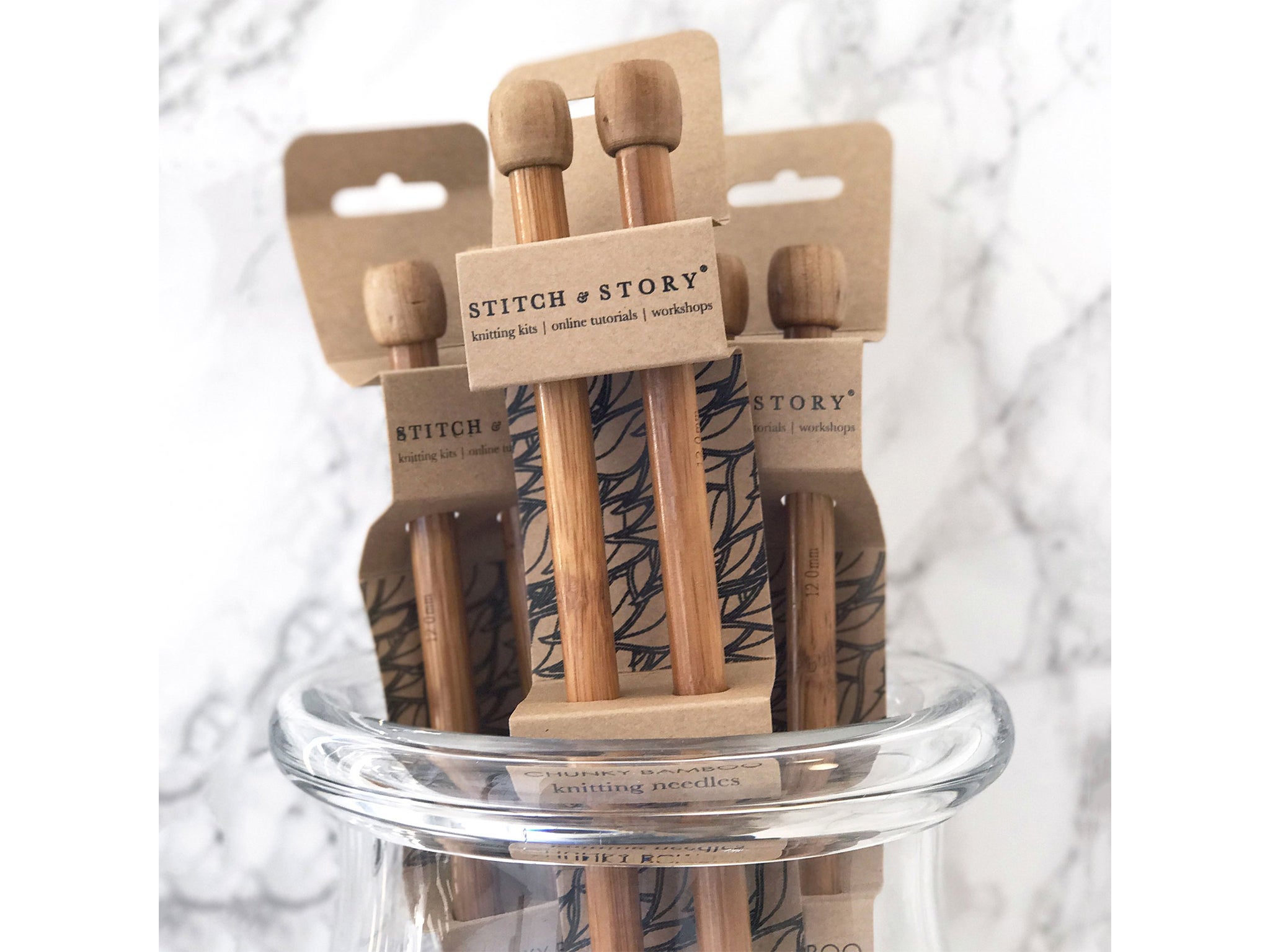
Plastic or bamboo types are best for beginners as they’re inexpensive, lightweight and flexible and will fit most types of yarn comfortably.
These 12mm long bamboo knitting needles (£12.50, Stitchandstory.com) are ideal for a beginners’ pair as your yarn won’t slip off as you get to grips with them. They are also eco-friendly alternative to plastic needles.
Wool
There’s an endless amount of choice for wool to buy online, in varying materials such as acrylic cotton, blends and merino.
For a beginner it is best to use thicker yarns that are chunky, as this will make individual stitches easier to identify, plus the thicker it is, the quicker you can create something like a scarf or blanket.
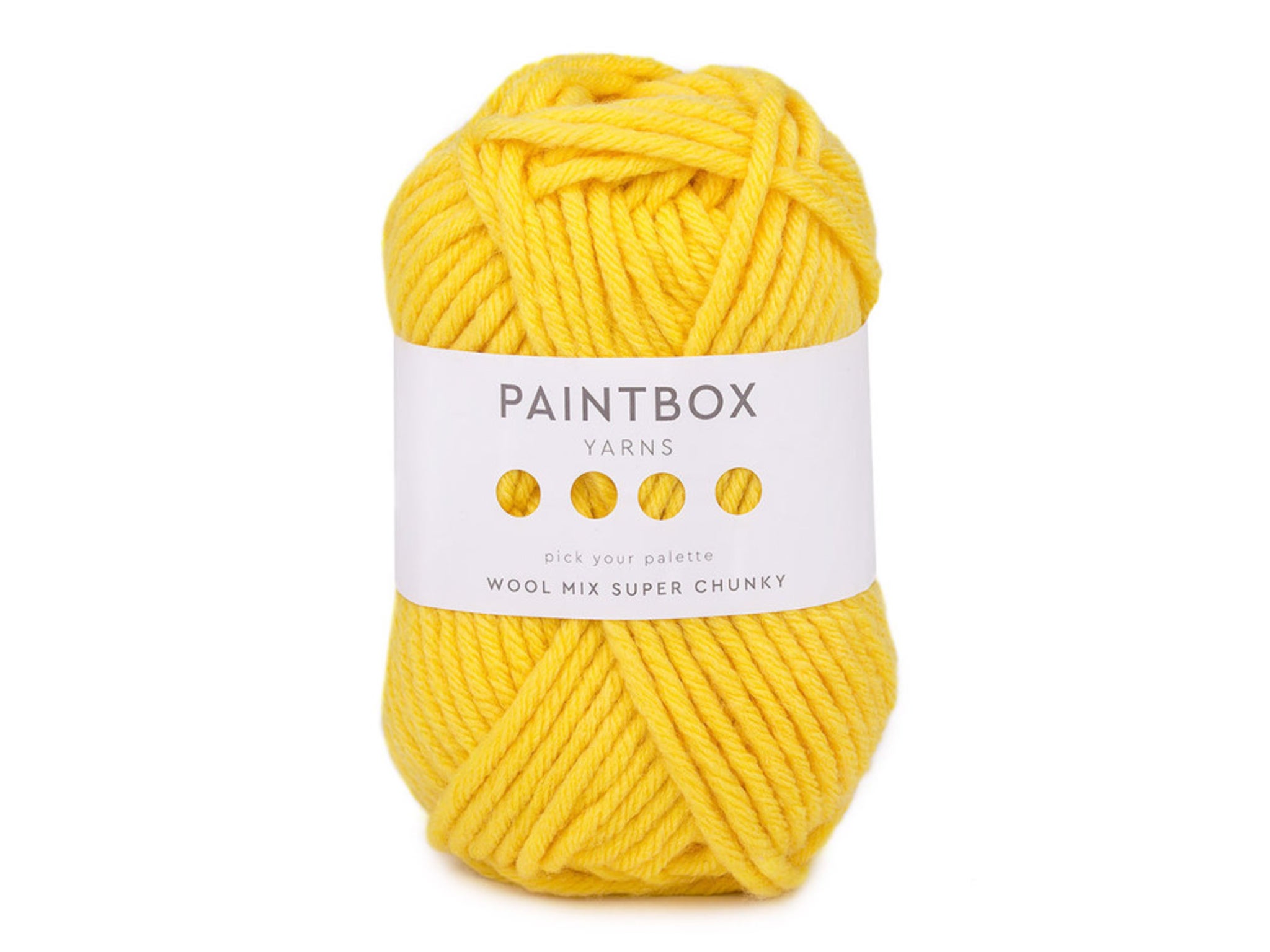
We love this Paintbox yarns wool mix super chunky (£5, Lovecrafts.com) that’s a mix of 50 per cent acrylic and 50 per cent wool. It's available in 60 shades, from duck egg blue to mustard yellow.
Or this Hayfield bonus super chunky ( £1.99, Theknittingnetwork.co.uk) which comes in 18 neutral, vibrant and muted shades. It’s also machine washable too so it’ll be easy to keep your finished work clean.
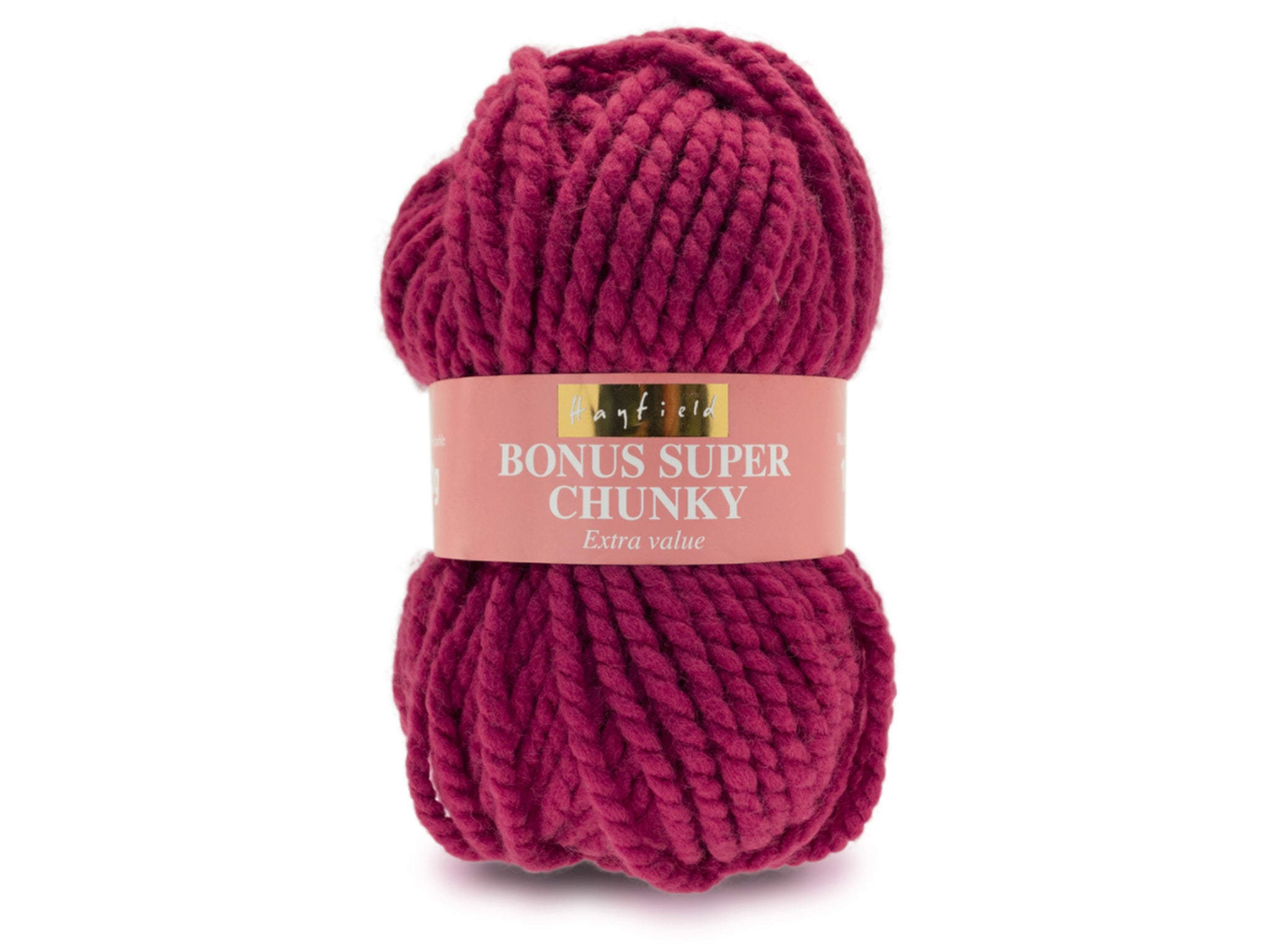
When shopping for materials, something that has a bit of stretch will also be easier for a beginner to work with, as this will help it spring into shape once finished and help you work through any mistakes you may have made.
It’s also important to note that once you have your ball of wool, don’t unravel it all to start your project – you may not finish it in one sitting and then you’ll have to wind it back into a ball by hand. Instead, unwind it as you knit.
Knitting patterns
Unlike other hobbies such as painting or drawing, knitting requires you to follow a pattern. It's an essential part of getting started, especially for knitting novices who need some extra guidance.
Easily available online, many are free, such as this selection by LoveCrafts. Its online page covers patterns for everything from baby booties and hats to chunky throws and animal toys.
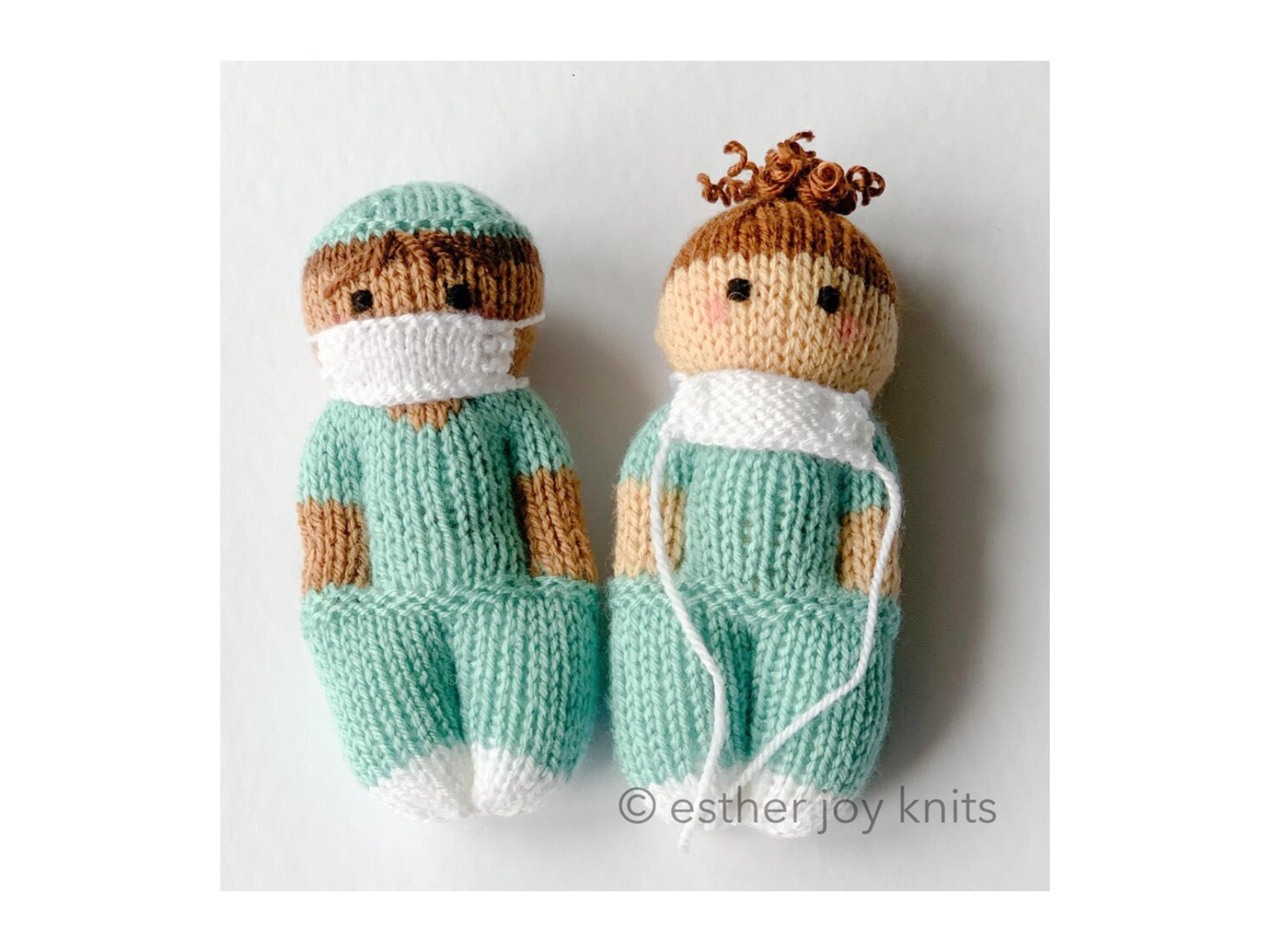
These nurse doll mates (free to download, Lovecrafts.com) caught our eye and could be a sweet gesture to a nurse you know who has been working hard throughout the last 18 months of the pandemic.
Hobbycraft also offers a wide, inexpensive range of pattens. Everything from adult and children's clothes to home furnishings like throws and blankets are included.
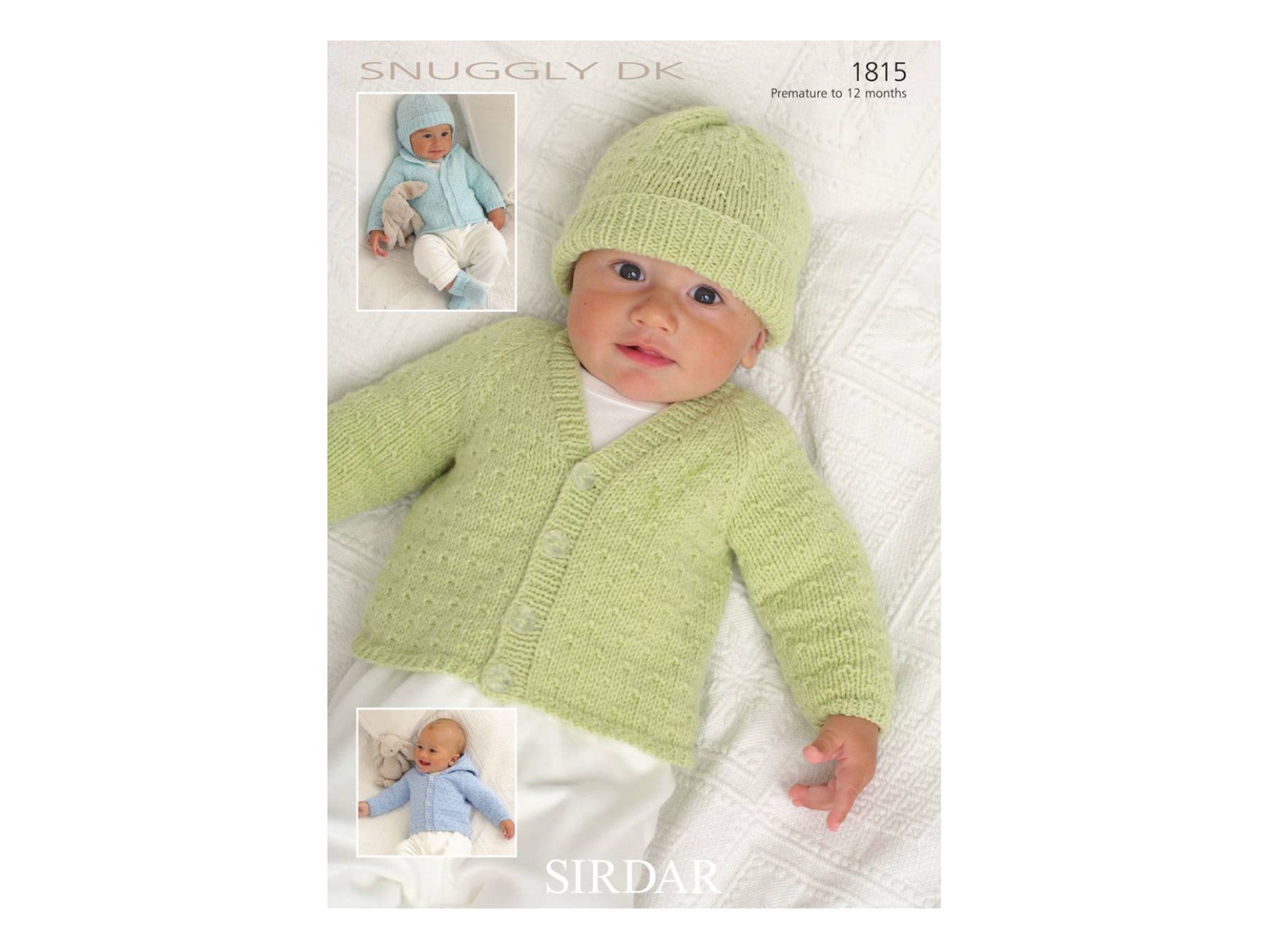
We’ve got our eye on this Sirdar snuggly DK cardigan and accessories (Hobbycraft, £3) which would make a thoughtful gift for a friend or family member who has given birth while in lockdown.
Storage solutions
Once you have all the equipment you need to start, keep your yarn dust-free by picking up a storage box or basket. Especially if you have pets that may love to wreak havoc on a ball of wool.
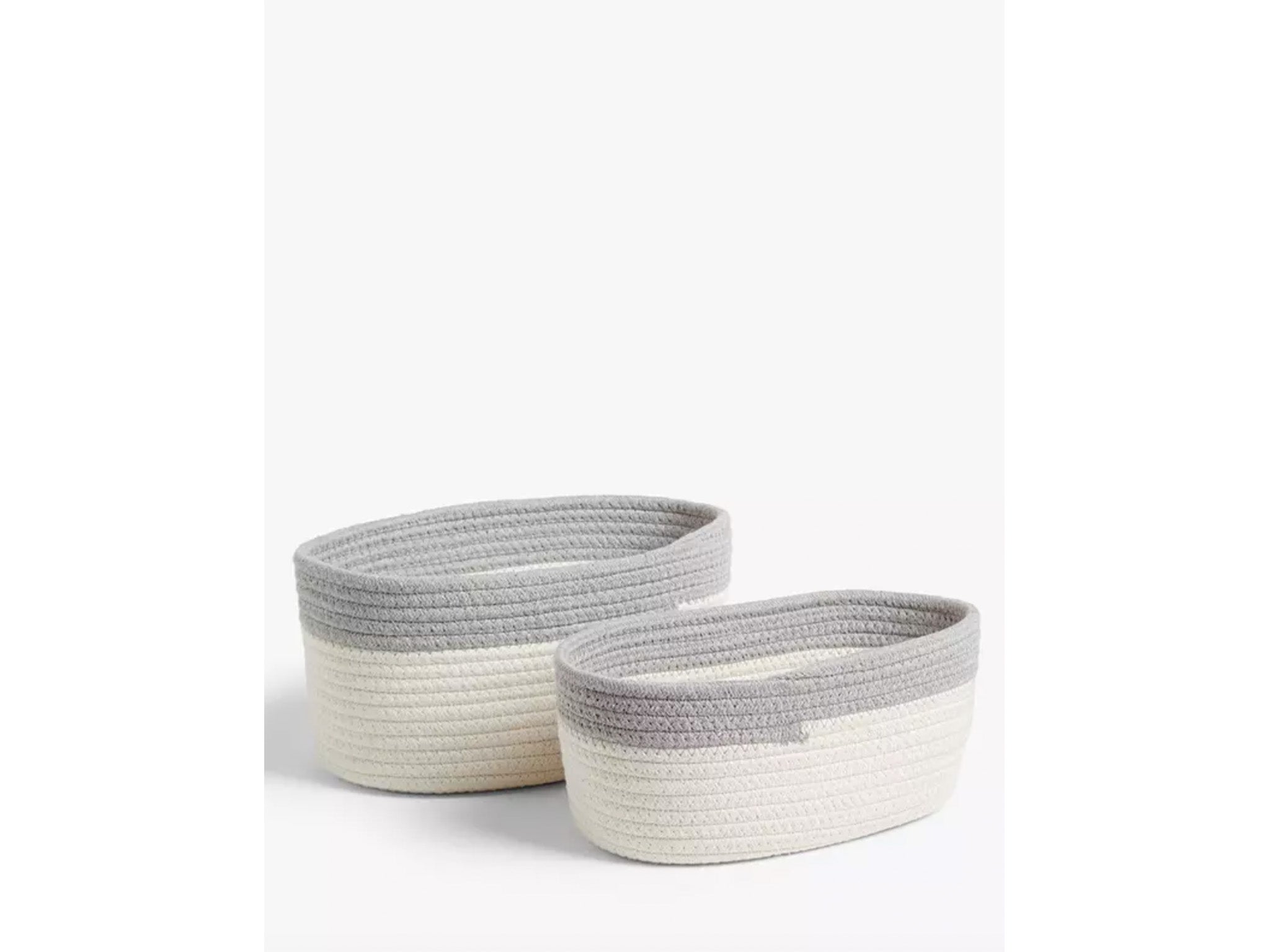
It can also be something you can make yourself once you’ve learnt the basics. This set of John Lewis & Partners cotton rope storage baskets (£15, Johnlewis.com), are perfect for keeping your needles, yarns and patterns safe.
However, if you need a lid, this wooden cantilever sewing box (£58, Hobbycraft.co.uk) is ideal for keeping your wool safely stored away from little ones.
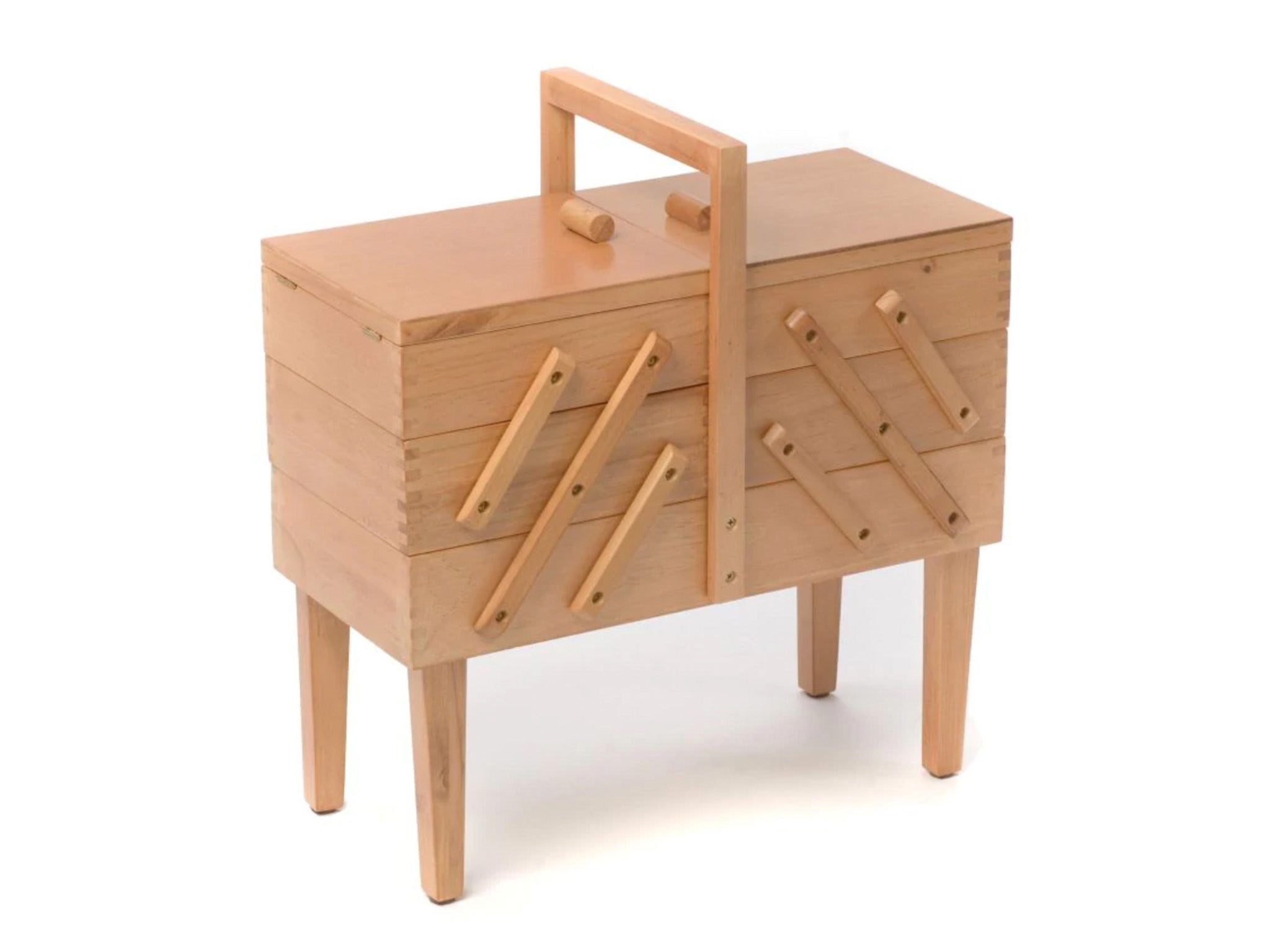
The bottom compartment will allow you to store needles and patterns and the separate sections that stretch out in the top will help you keep all your other bits and bobs neat and tidy.
Best books
For tips and advice, you can always pick up a knitting book. Knitting for the Absolute Beginner by Alison Dupernex (£5.57, Amazon.co.uk) is worth a read.

It details the essential techniques you need to master the skill through step-by-step photos and easy to follow instructions, with simple projects for adults and children to take up throughout. By the end, you’ll be able to make a cable-knit cardigan and stripy scarf.
Simple Knitting by Erika Knight (£6.36, Amazon.co.uk) is another useful resource that is similar to attending a workshop. You learn how to knit then attempt the 20 projects within the book, each of which will build on your skills.
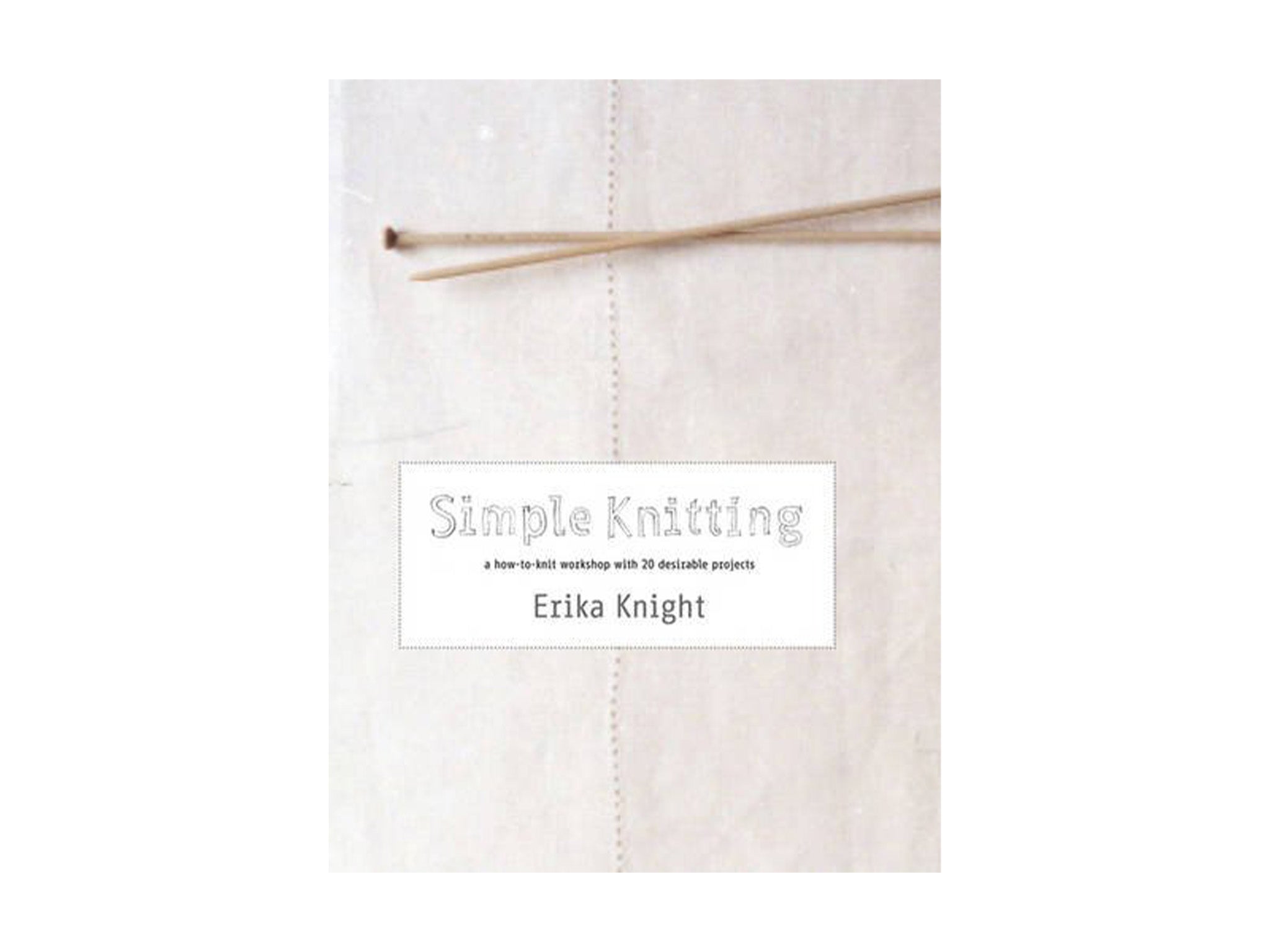
From home decorations to clothing, it’ll leave you inspired and better informed.
Online classes
Knitting clubs were one way to meet new, like-minded people and help new knitters explore the community. And even though big meet-ups are now back in full swing, there are still plenty of virtual spaces and events to join.
The Happy Knitting Group on Eventbrite, continues to host a free weekly knitting club every Friday, where participants are encouraged to share their work and tips for knitters of all abilities.
East London is home to the @blackgirlknitclub, founded by Sicgmone Kludje and Vea Koranteng. It’s a community for black women and girls to share ideas and create a safe space to be creative through knitting.
From home decor to clothing, it offers not just inspiration but celebrates women of colour within the knitting sphere.
People to follow
If you’re looking for inspiration on patterns and colour palettes or for some bite-size tutorials, Instagram has plenty on offer, such as @lovecraftsknitting, which uses its social media platforms to help knitters at all levels of experience.
Covering everything from clothing to toys, it’s a helpful feed of ideas, with step-by-step guides of colourful patterns, seasonal projects to try such as creating storage baskets to clothes to add to your wardrobe.
London based artist and knitter @ocean_bythesea is one to follow too, sharing her botanically dyed yarn in beautiful hues of blue, pink and purples.
Voucher codes
For the latest offers on fashion and home brands, try the links below:
If you’re keen to explore a new hobby, read our guide to the best subscription boxes with recipe kits, beauty treats and more